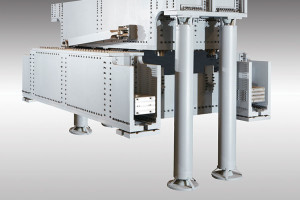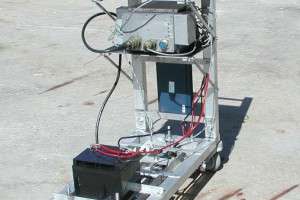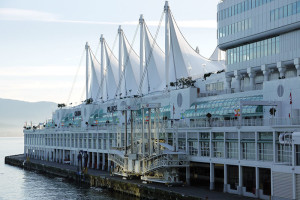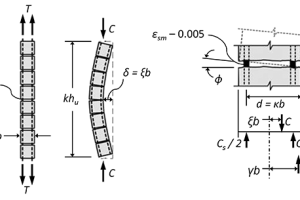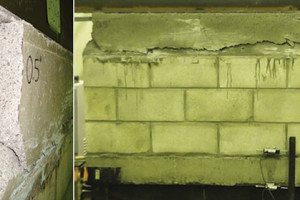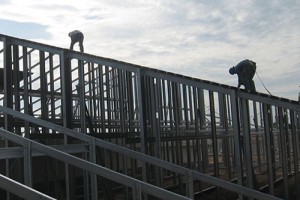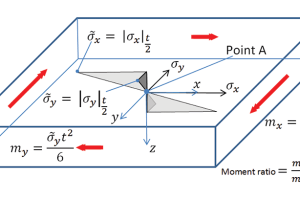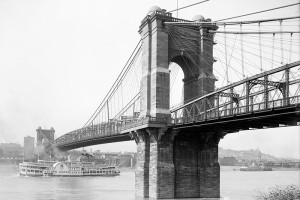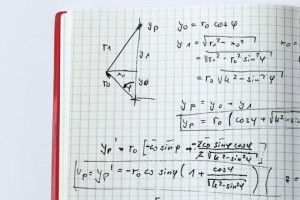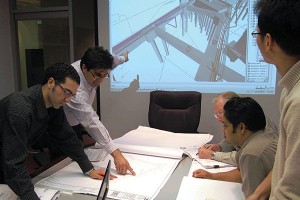Tuned Mass Damper Systems Deliver
In developed cities around the world, space on the ground is becoming scarce. The new trend is to build slender, “mega-tall” skyscrapers. These structures require special considerations to mitigate the effects of wind forces that develop against the building’s façade. Wind forces can cause significant sway or twist, particularly in the upper floors of the skyscraper, and wind-induced accelerations can cause motion sickness for many individuals inside these structures. …

